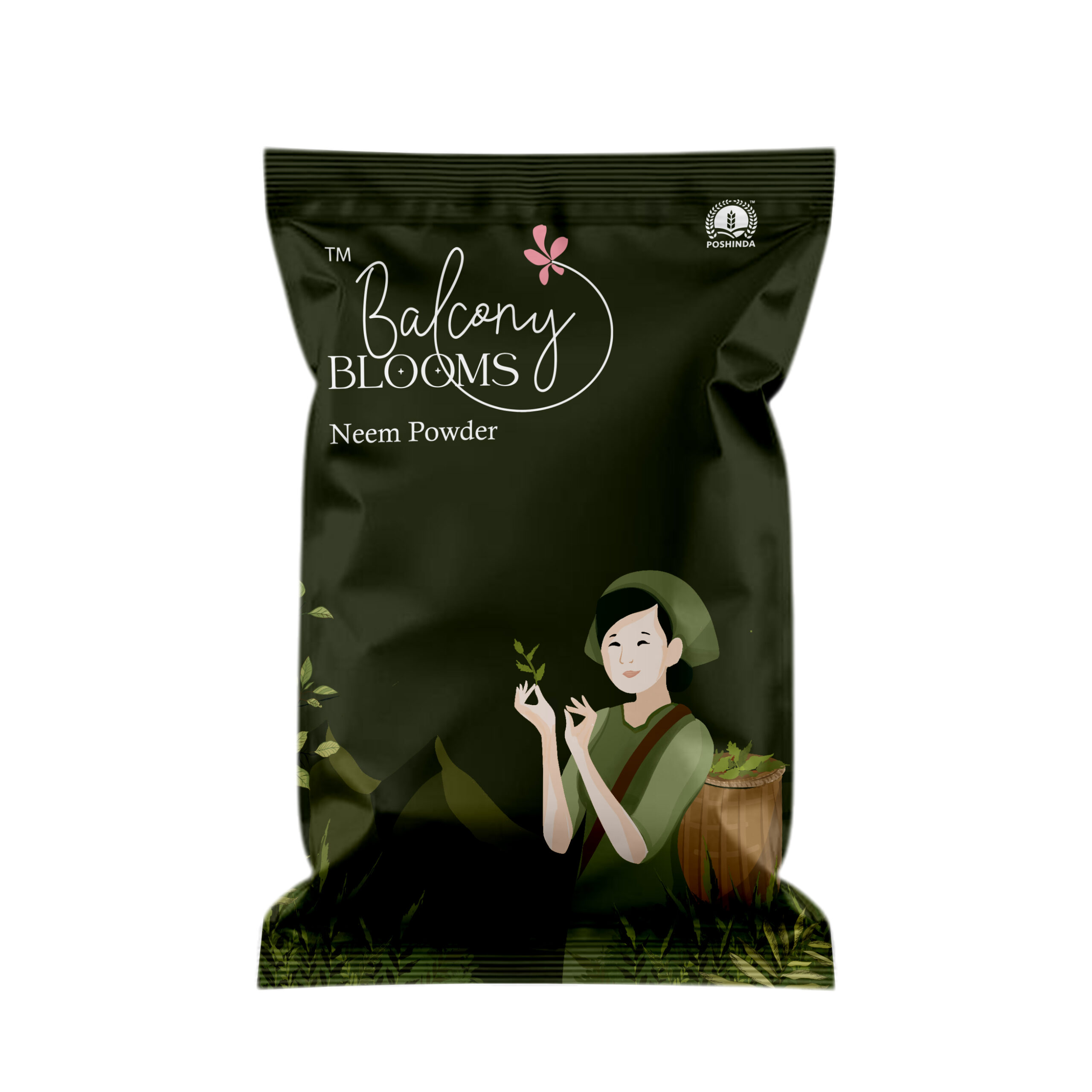Description
Poshinda’s organic bone meal powder is a valuable source of phosphorus, calcium, and some nitrogen, making it beneficial for various plants in different stages of growth.
Benefits of Poshinda’s Organic Bone Meal for Various Plants:
- Root Development: The high phosphorus content in bone meal is crucial for strong and healthy root growth, making it particularly beneficial for:
- New seedlings and transplants: Helps them establish a robust root system.
- Root vegetables: Such as carrots, potatoes, onions, and garlic, promoting better bulb and root formation.
- Flowering and Fruiting: Phosphorus plays a vital role in the energy transfer processes within plants, which are essential for flowering and fruit production. Bone meal can enhance:
- Flowering plants: Like roses, bulbs (tulips, lilies), and annuals, leading to more abundant and vibrant blooms.
- Fruiting plants: Such as tomatoes, peppers, and fruit trees, potentially increasing fruit and seed yield.
- Overall Plant Health and Growth:
- Stronger stems and lush foliage: The nitrogen content, though less than phosphorus and calcium, contributes to overall vegetative growth.
- Improved nutrient uptake: A healthy root system, promoted by phosphorus, allows plants to absorb other essential nutrients more efficiently.
- Disease resistance: Calcium helps strengthen plant cell walls, making them more resistant to diseases and environmental stresses like blossom end rot in tomatoes.
How to Use Poshinda’s Organic Bone Meal:
The general application guidelines for organic bone meal, including Poshinda’s, are as follows:
- Soil Preparation: Before planting or sowing, sprinkle the bone meal evenly over the soil and mix it in well. Water thoroughly, especially if the weather is dry.
Planting: When planting new plants, add a small amount (e.g., 1-2 tablespoons for smaller plants, 20-30 grams or 2-3 spoons as suggested by one Poshinda listing for larger plants or pots) into the planting hole and mix it with the soil. You can also add it to the compost and soil mixture used for planting. Water the plant thoroughly after planting.
- Established Plants: Sprinkle the bone meal evenly around the base of established plants, being careful not to disturb the roots. Gently fork it into the topsoil and then water thoroughly.
Container Plants: For new container plants, mix a small amount (e.g., 1-2 teaspoons for smaller pots, adjust based on pot size as per some general guidelines) into the potting mix before planting. For established container plants, apply at the start of the season and potentially once or twice during the growing season by sprinkling around the plant and gently working it into the soil, followed by watering.
- Vegetable Plots: Before sowing seeds in vegetable plots, fork the bone meal into the soil.
- Frequency: Bone meal is a slow-release fertilizer, so it doesn’t need frequent application. Many sources suggest applying it at the start of the growing season and potentially once or twice during the season for established plants. One Poshinda listing suggests repeating the application every 7-10 days, noting that it’s organic and over-application is less of a concern. However, it’s generally wise to follow specific product instructions.
- Soil Preparation: Before planting or sowing, sprinkle the bone meal evenly over the soil and mix it in well. Water thoroughly, especially if the weather is dry.





















 Natural Grower for Organic Growers
Natural Grower for Organic Growers  Natural Grower for Organic Growers
Natural Grower for Organic Growers
Reviews
There are no reviews yet.